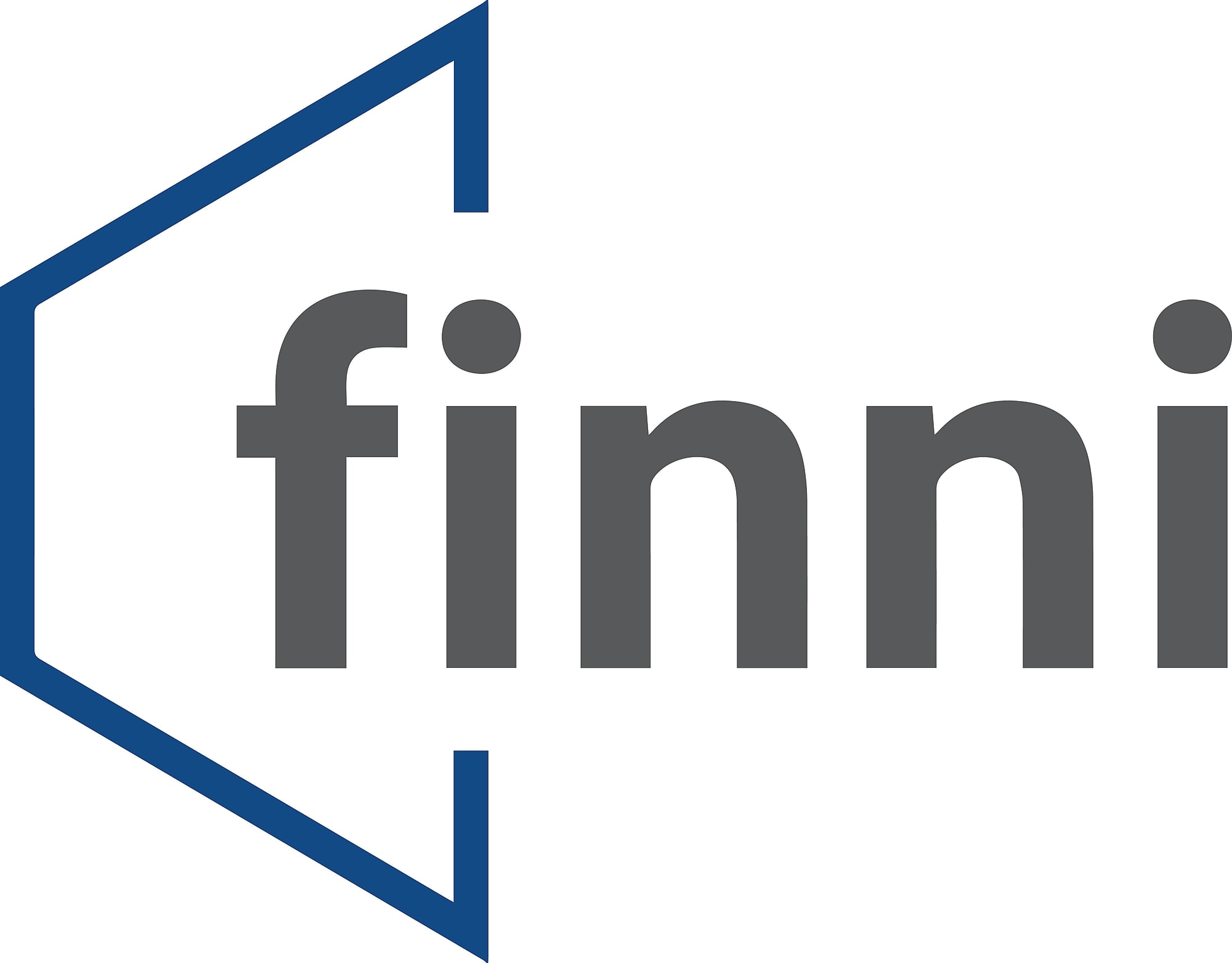Cost of living biggest hurdle to home ownership: report
Home ownership has become increasingly difficult for aspiring home buyers as cost-of-living pressures bite, according to a new report.

Lenders mortgage insurance provider Helia has released the Home Buyer Sentiment Report (prepared by CoreData), which has revealed just how much impact rising inflation has had on the ability for home buyers to save for their deposit.
According to the Australian Bureau of Statistics, the consumer price index rose 3.8 per cent over the 12 months to the June 2024 quarter and 1 per cent over the June 2024 quarter. Housing was the most significant price rise in the June 2024 quarter (1.1 per cent).
As a result, the report showed “cost of living pressures” has now become the most cited barrier to home ownership (54 per cent).
This has overtaken the other top barriers that were cited in 2023, including housing affordability (43 per cent) and finding a suitable property within a budget in a suitable location (42 per cent).
Cost-of-living pressures have limited the savings capacity of first home buyers (FHBs), with 24 per cent saving less than 10 per cent of their take-home pay.
One-fifth save 20 per cent or less of their income due to home buyers taking longer to save a deposit. One-quarter of home buyers have saved for three to five years, while 17 per cent have been saving for over five years.
The report provides an example of a household with two median wage workers to highlight the challenges home buyers face in saving for a home. For a couple earning $65,000 each, if they saved 20 per cent of their take-home pay, it would take almost 14 years to accumulate a 20 per cent deposit for a median-priced house in Sydney and eight years for an apartment.
In Melbourne or Brisbane, it would take around nine years to save a deposit for a house and six years for an apartment at current rates.
The proportion of FHBs who believe they are likely to save a full 20 per cent deposit has dropped to 15 per cent from 20 per cent last year, and 34 per cent in 2020.
According to the report, this trend suggests that most FHBs have started moving away from the goal of saving a 20 per cent deposit. Instead, more than a third (36 per cent) are aiming to save 10 per cent to 14 per cent of the purchase price.
Moreover, three in 10 FHBs have less than two months of their income as a savings buffer, and as such, are cautious about the potential impacts of further interest rate rises.
If rates were to rise by 1 per cent over six months, more than half (55 per cent) of FHBs believe this would make it challenging for them to make future mortgage repayments.
Housing affordability continues to deteriorate across many parts of Australia, with house prices increasing by 8.8 per cent nationally and apartment prices rising by 6.5 per cent. This growth has been particularly pronounced in Perth, Adelaide and Brisbane, making it increasingly challenging for FHBs to enter the market.
House prices have remained the highest in Sydney across the capital cities at a median value of $1.47 million.
While Melbourne traditionally follows closely, Brisbane has narrowed the gap after price rises in the recent past.
The median house prices in Brisbane and Melbourne are now just over $966,382 and $929,715 respectively.
Sydney also has the highest median price for units and apartments at $859,050, followed by Brisbane at $653,325 and Melbourne at $610,652.
Home buyers are making several adjustments to secure a property due to affordability concerns in the current environment, with seven in 10 surveyed reporting that they are now considering properties in different areas such as the outer suburbs.
Moreover, this year 40 per cent of home buyers have begun exploring interstate options, up from 34 per cent in 2023. However, the report noted that the appeal of regional Australia could also be fading as prices continue to rise across the nation, and the gap in prices between capital cities and interstate narrows.
Meanwhile, FHBs have been exploring options other than houses to overcome affordability barriers like opting for apartments (64 per cent) or smaller properties (70 per cent).
“Despite this flexibility, housing affordability remains a significant obstacle to home ownership with the rising cost of living further exacerbating this challenge in our current economic climate,” the report stated.
If you’re looking to refinance for a better rate or the right rate for your clients at zero cost, contact Finni Mortgages’ experts and let us do the hard work for you.
Visit our website here or call 1300 002 023 to learn how we can help you!

